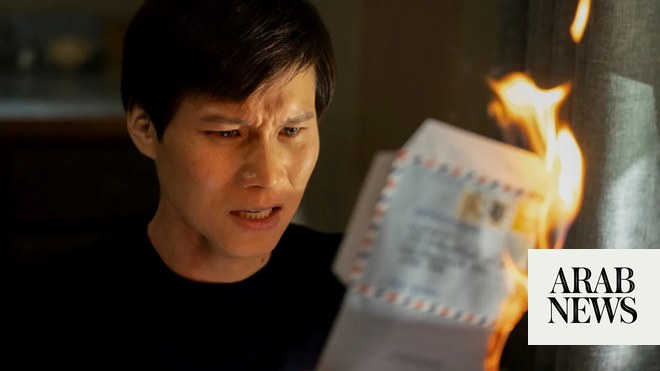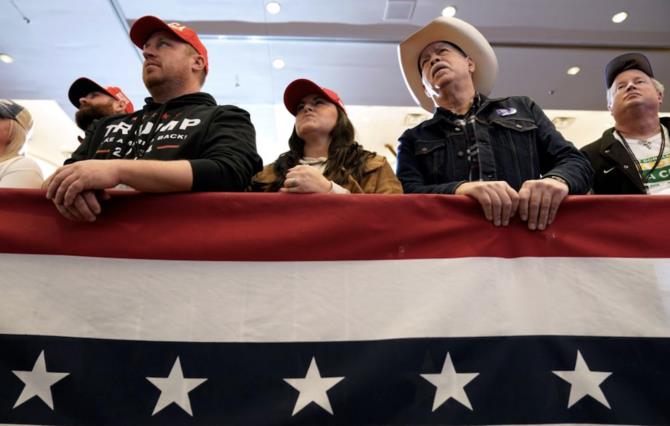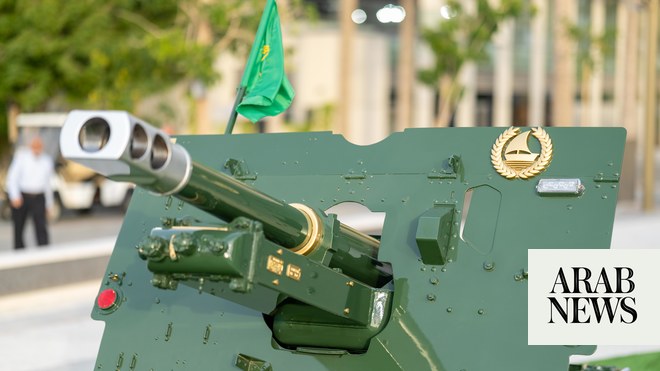
According to ‘The Month of Ramadan in Islam in the Pre-Islamic Era’ by Ahmed El-Manzalawy, the idea of a Ramadan cannon began in Egypt, but there are conflicting stories its origins
CAIRO: Before Maghreb prayers every day during Ramadan, most Cairo residents hear a cannon going off, signaling the breaking of the fast. They call it the Ramadan cannon and it is a tradition now followed in many other Islamic countries.
For the latest updates, follow us on Instagram @arabnews.lifestyle
Since the dawn of Islam, and when the Prophet’s companion Bilal ibn Rabah would offer the adhan for iftar and sahoor, the cannon has alerted the Muslim public when to start eating. According to “The Month of Ramadan in Islam in the Pre-Islamic Era” by Ahmed El-Manzalawy, the idea of a Ramadan cannon began in Egypt. However, there are conflicting stories as to its origins.
One version says the Ramadan cannon began during the Burji Mamluk era in the 15th century, during the reign of Sultan Kho Shoqdum. The sultan wanted to test one of his cannons around sunset on the first day of Ramadan and the people mistakenly believed he had deliberately planned the event to mark iftar. They headed to his palace in the citadel and thanked him. So, he decided to fire the cannon throughout the holy month.
The second story claims the tradition started during the reign of Mohammed Ali Pasha, founder of modern Egypt in 1805, when he wanted to test a cannon he had received from Germany on the first day of Ramadan. The response from people was so positive, that he continued to fire the cannon throughout the month.
Yet another story suggests that the tradition started during the reign of Khedive Ismail, when a cannon went off accidentally at sunset on the first day of Ramadan as maintenance work was being carried out on it. The khedive’s daughter, Princess Fatma Ismail, reportedly ordered that the cannon continue to be fired at sunset each day. As a result, it was called Hajja Fatma Cannon.
During Khedive Ismail’s reign the cannon was moved to Moqattam mountain so that its sound would travel further. People would line the streets to watch the cannon be hauled up the mountain in a chariot with huge wheels. It would return to the citadel on the first day of Eid.
In the middle of the 19th century, during the reign of Abbas Helmy I, there were reportedly two cannon shots for iftar in Cairo — the first from the citadel and the second from Abbas Pasha palace in the suburb of Abbaseya.
Historian Abdel Meguid Abdel Aziz said the Ramadan cannon was silenced in 1987 when the Ministry of Antiquities warned that the blasts were damaging the walls of the citadel and other monuments in the area. However, Interior Minister Ahmed Roshdy ordered that the daily cannon shots recommence from the rooftop of the citadel throughout Ramadan and during Eid holidays.
Abdel Aziz added that, until last year, there were six cannons in Cairo: Two at the citadel, two in Abbaseya, one in Heliopolis and one in Helwan. All are fired simultaneously so that most of Cairo’s residents can hear. Last year, another cannon was added near Cairo University.












